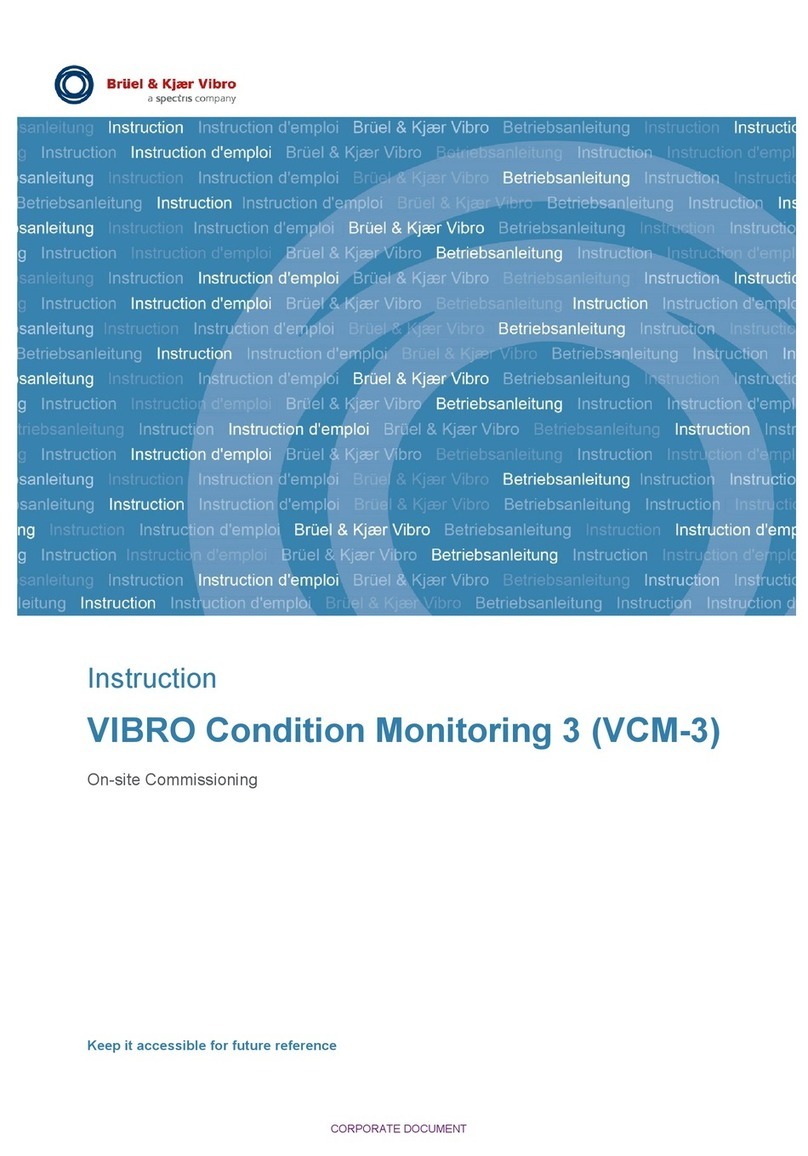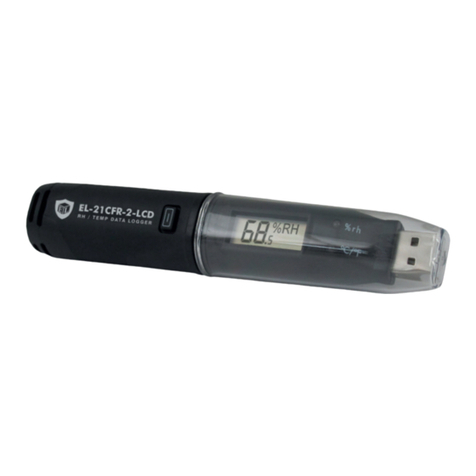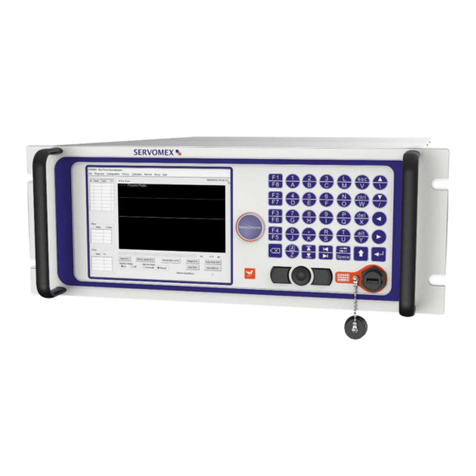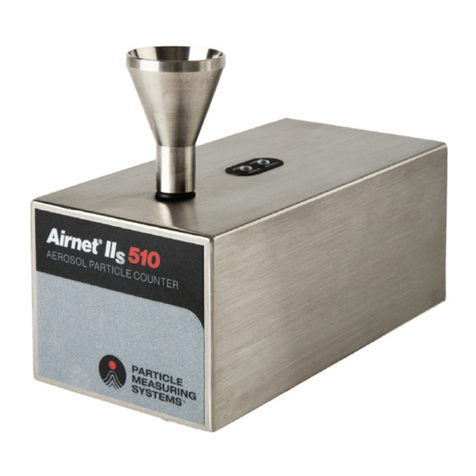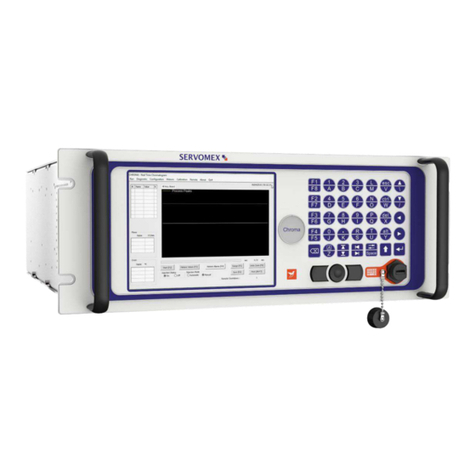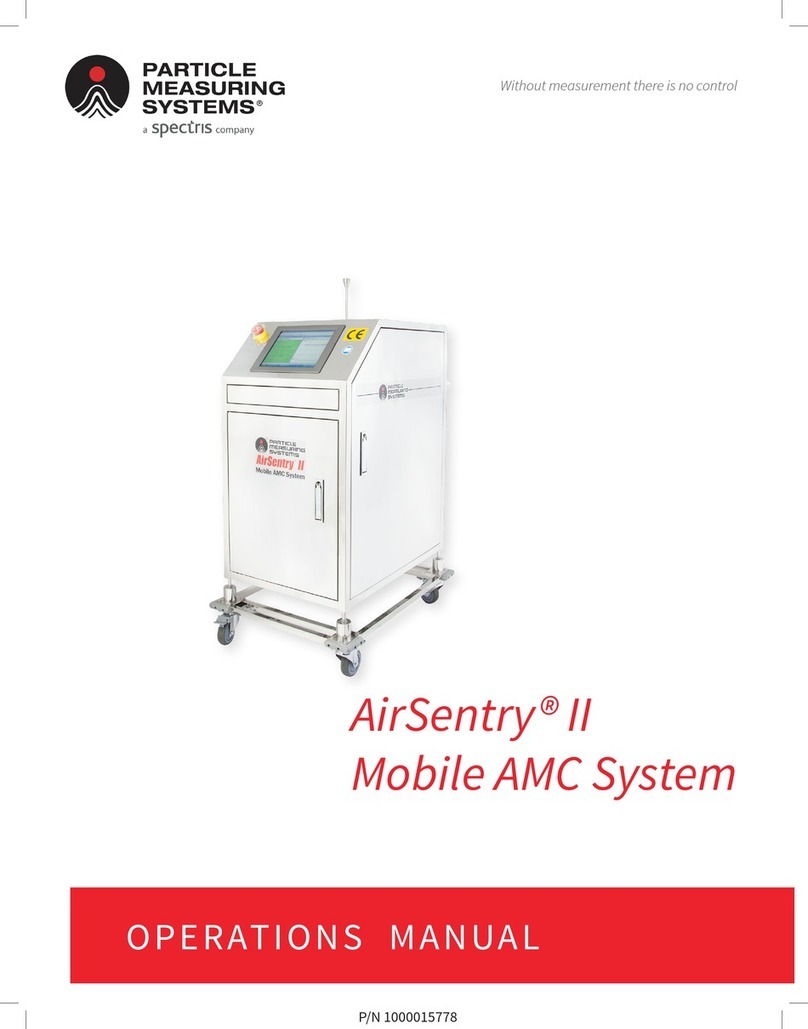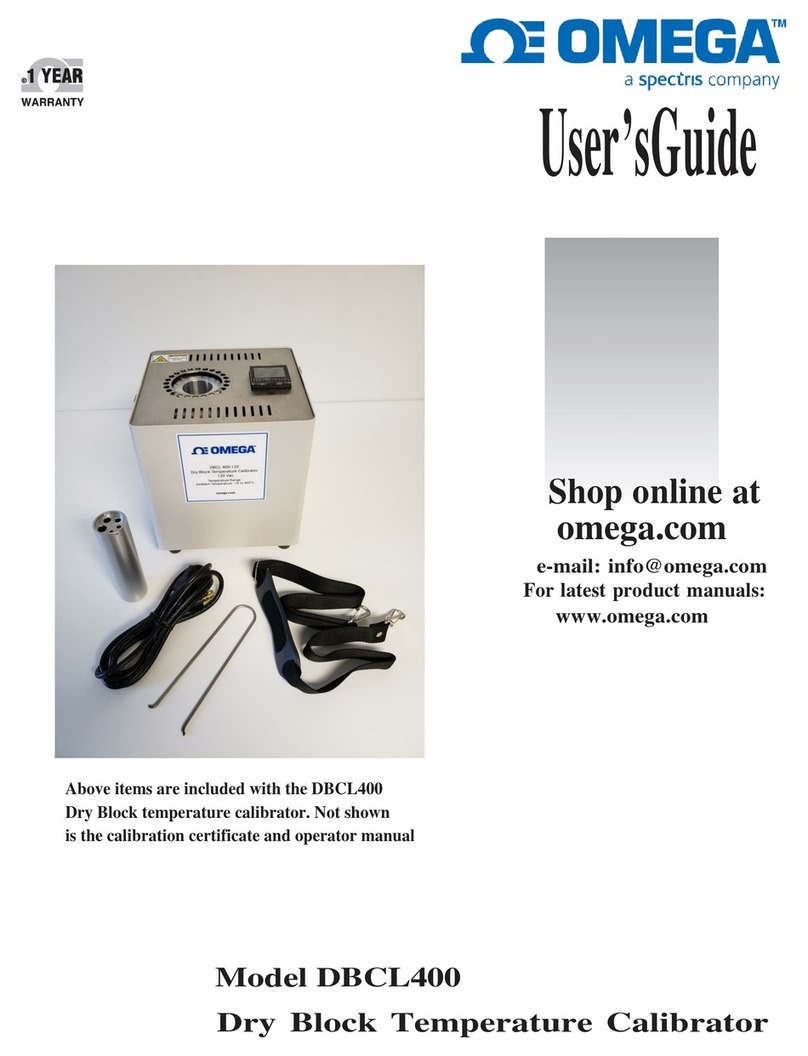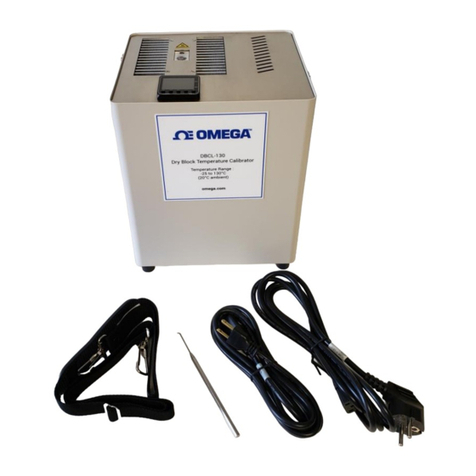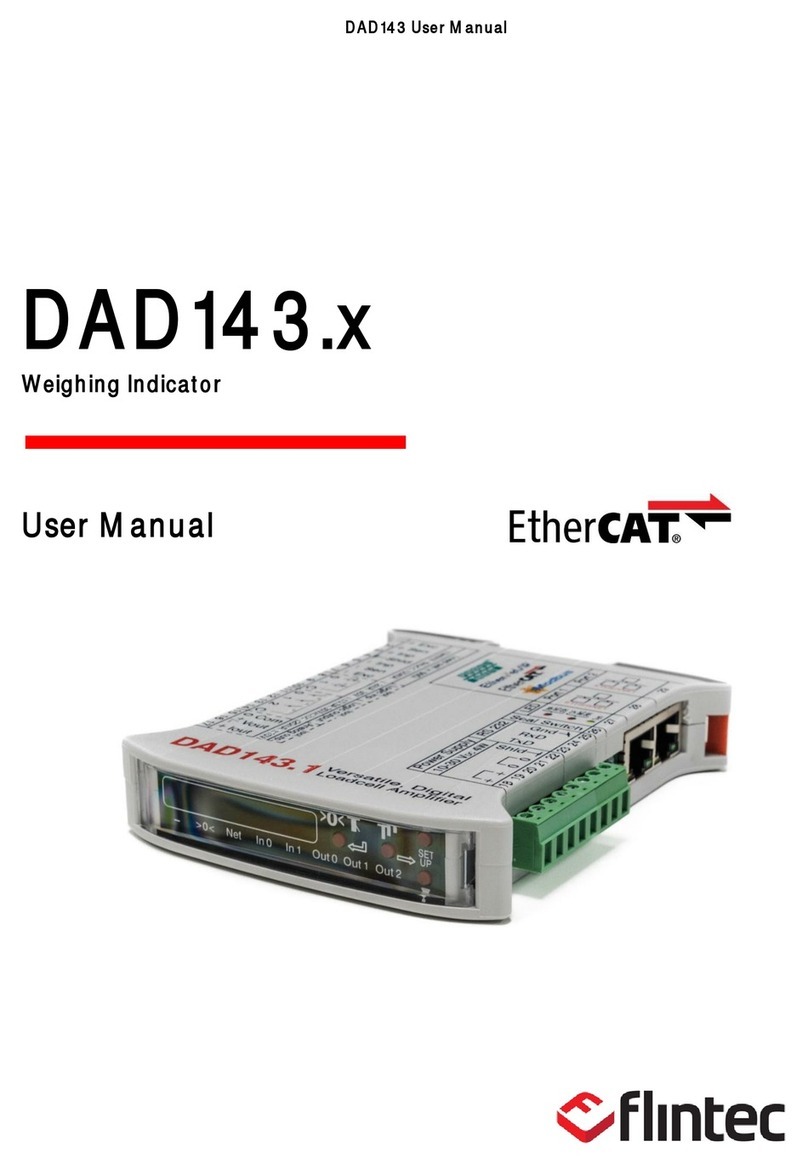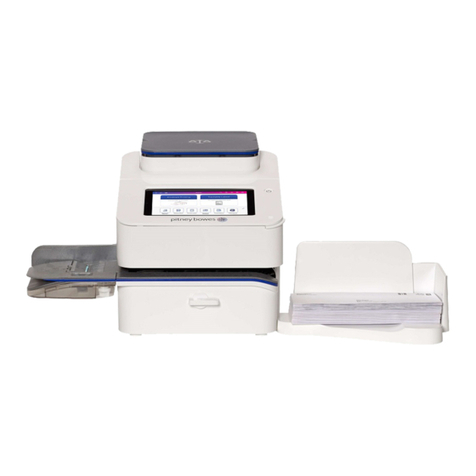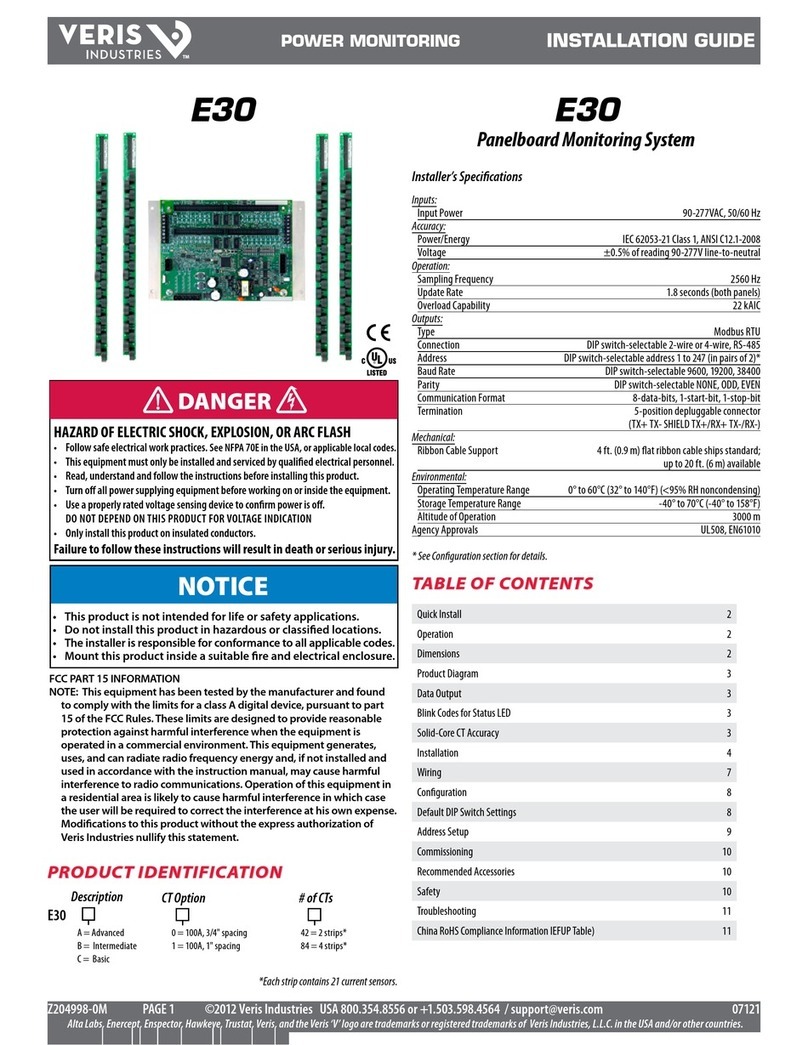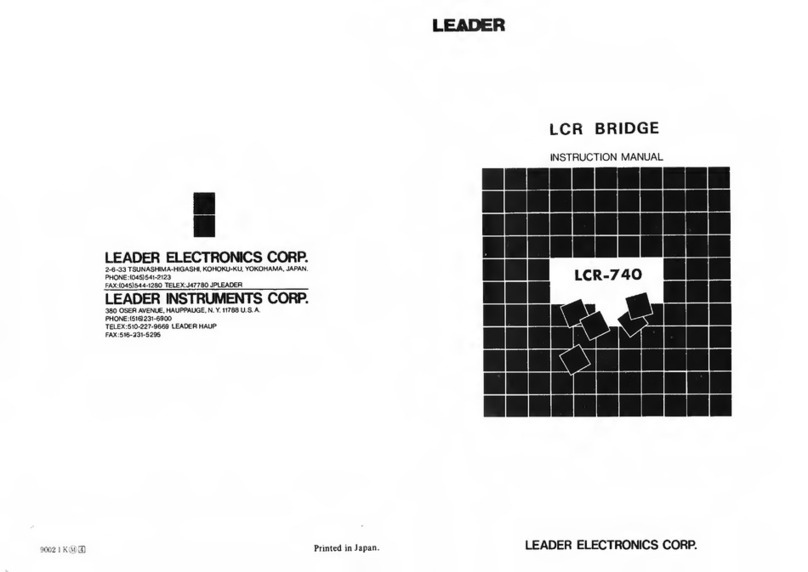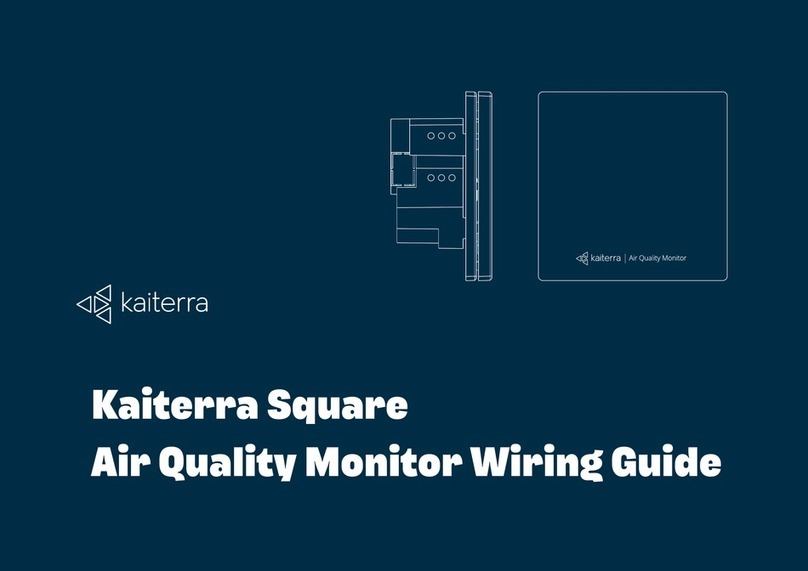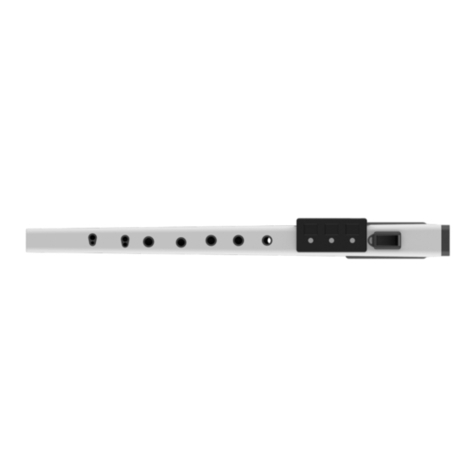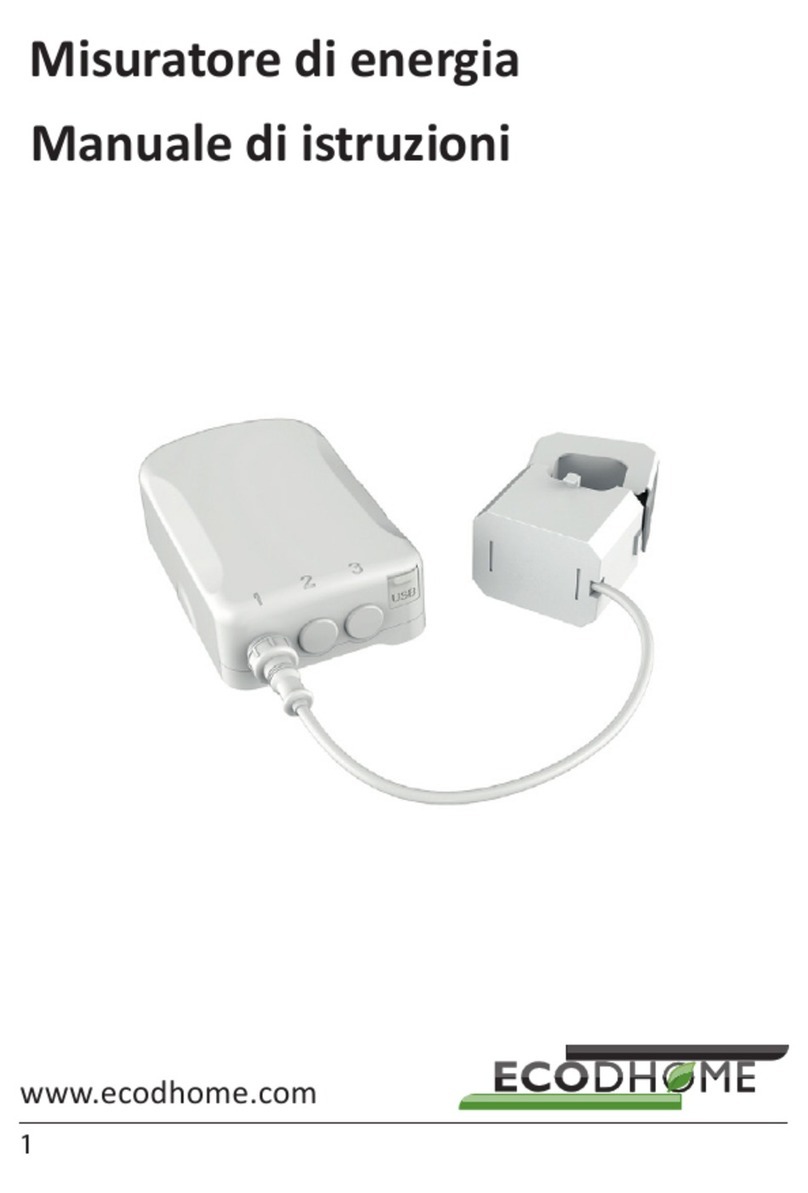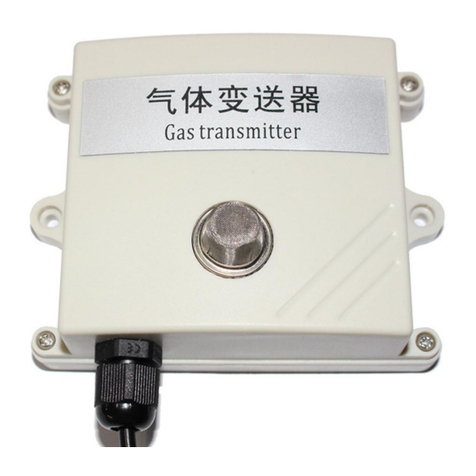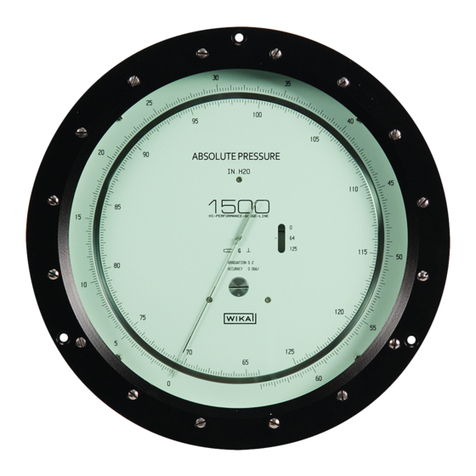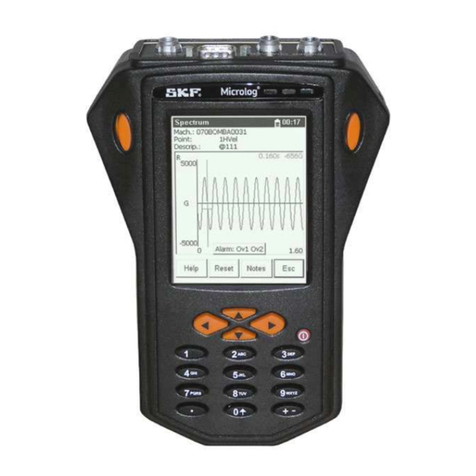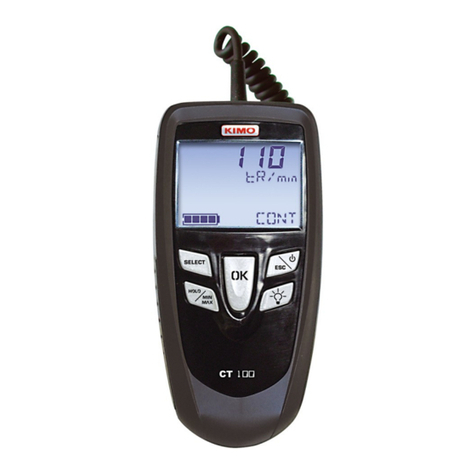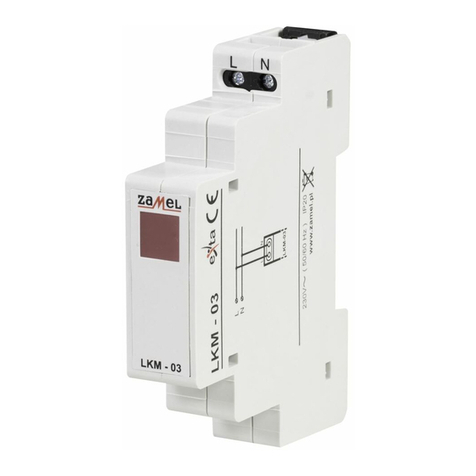
viii HSLIS e-Series Operations Manual
Chapter 5: Operating with the 4-20 mA Outputs- - - - - - - - - - - - - - - - - - - - - - - - - - 5-1
Connecting a Computer to the Particle Counter- - - - - - - - - - - - - - - - - - - 5-2
Setting up a Terminal Emulation Session (with 4-20 mA Outputs)- - - - - 5-2
Setting 4-20 mA Parameters - - - - - - - - - - - - - - - - - - - - - - - - - - - - - - - - - - 5-3
Connecting HSLIS e-Series Particle Counter to SCADA or PLC - - - - - - - - 5-5
Factory Preset Status Levels - - - - - - - - - - - - - - - - - - - - - - - - - - - - - - - - - - 5-5
Chapter 6: Maintenance - - - - - - - - - - - - - - - - - - - - - - - - - - - - - - - - - - - - - - - - - - - - - 6-1
Cleaning Optics - - - - - - - - - - - - - - - - - - - - - - - - - - - - - - - - - - - - - - - - - - - - 6-1
Calibration - - - - - - - - - - - - - - - - - - - - - - - - - - - - - - - - - - - - - - - - - - - - - - - - 6-1
Replacing Fuses - - - - - - - - - - - - - - - - - - - - - - - - - - - - - - - - - - - - - - - - - - - - 6-1
DC Light - - - - - - - - - - - - - - - - - - - - - - - - - - - - - - - - - - - - - - - - - - - - - - - - - - 6-2
Appendix A: International Precautions - - - - - - - - - - - - - - - - - - - - - - - - - - - - - - - - - A-1
WARNING - - - - - - - - - - - - - - - - - - - - - - - - - - - - - - - - - - - - - - - - - - - - - - - - - A-1
AVERTISSEMENT - - - - - - - - - - - - - - - - - - - - - - - - - - - - - - - - - - - - - - - - - - - A-1
WARNUNG - - - - - - - - - - - - - - - - - - - - - - - - - - - - - - - - - - - - - - - - - - - - - - - - A-1
ATTENZIONE - - - - - - - - - - - - - - - - - - - - - - - - - - - - - - - - - - - - - - - - - - - - - - A-1
ADVERTENCIA - - - - - - - - - - - - - - - - - - - - - - - - - - - - - - - - - - - - - - - - - - - - - A-1
Hazard Symbols- - - - - - - - - - - - - - - - - - - - - - - - - - - - - - - - - - - - - - - - - - - - A-2
Symboles de risque - - - - - - - - - - - - - - - - - - - - - - - - - - - - - - - - - - - - - - - - - A-2
Warnschilder - - - - - - - - - - - - - - - - - - - - - - - - - - - - - - - - - - - - - - - - - - - - - - A-2
Simboli di pericolo- - - - - - - - - - - - - - - - - - - - - - - - - - - - - - - - - - - - - - - - - - A-3
Simbolos de peligro- - - - - - - - - - - - - - - - - - - - - - - - - - - - - - - - - - - - - - - - - A-3
Appendix B: LED Indications - - - - - - - - - - - - - - - - - - - - - - - - - - - - - - - - - - - - - - - - - B-1
Ethernet Communications - - - - - - - - - - - - - - - - - - - - - - - - - - - - - - - - - - - B-1
4-20 mA Output - - - - - - - - - - - - - - - - - - - - - - - - - - - - - - - - - - - - - - - - - B-1
Ethernet Communications - - - - - - - - - - - - - - - - - - - - - - - - - - - - - - - - B-1
4-20 mA Output without Host (Facility Net) Control - - - - - - - - - - - - - - - - B-2
Appendix C: 有毒或有害的物质和元素- - - - - - - - - - - - - - - - - - - - - - - - - - - - - - - - - - C-1
Appendix D: Modbus- - - - - - - - - - - - - - - - - - - - - - - - - - - - - - - - - - - - - - - - - - - - - - - - D-1
Modbus Overview - - - - - - - - - - - - - - - - - - - - - - - - - - - - - - - - - - - - - - - - - - D-1
Input Registers- - - - - - - - - - - - - - - - - - - - - - - - - - - - - - - - - - - - - - - - - - - - - D-3
Configuration Section - - - - - - - - - - - - - - - - - - - - - - - - - - - - - - - - - - - - D-3
Data Section- - - - - - - - - - - - - - - - - - - - - - - - - - - - - - - - - - - - - - - - - - - - D-5
Holding Registers- - - - - - - - - - - - - - - - - - - - - - - - - - - - - - - - - - - - - - - - - - - D-9
Coils - - - - - - - - - - - - - - - - - - - - - - - - - - - - - - - - - - - - - - - - - - - - - - - - - - - - - D-10
Data Packet Processing - - - - - - - - - - - - - - - - - - - - - - - - - - - - - - - - - - - - - - D-12
Associated Values for Specific Registry Entries- - - - - - - - - - - - - - - - - - - - D-13
Modbus Processing Example- - - - - - - - - - - - - - - - - - - - - - - - - - - - - - - - - - D-14





















